Spotlights
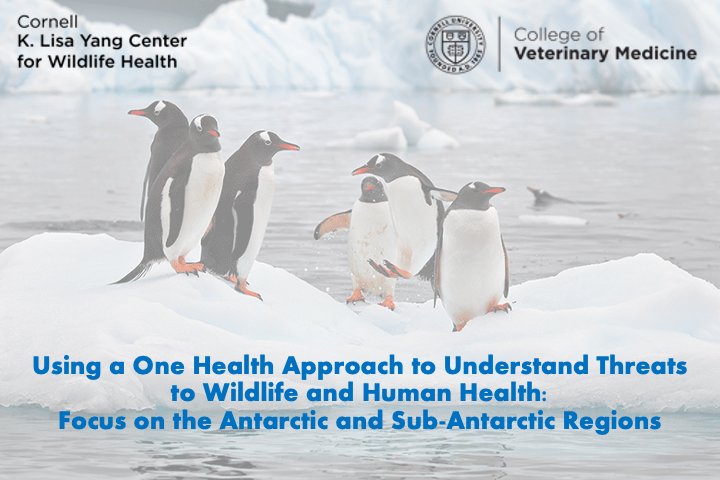
Video
February 05, 2025
In this eCornell keynote, Drs. Amandine Gamble and Marie Bouilloud share their recent fieldwork experiences in the Antarctic and sub-Antarctic regions to help illustrate how wildlife health is connected to human activity, even thousands of miles away.
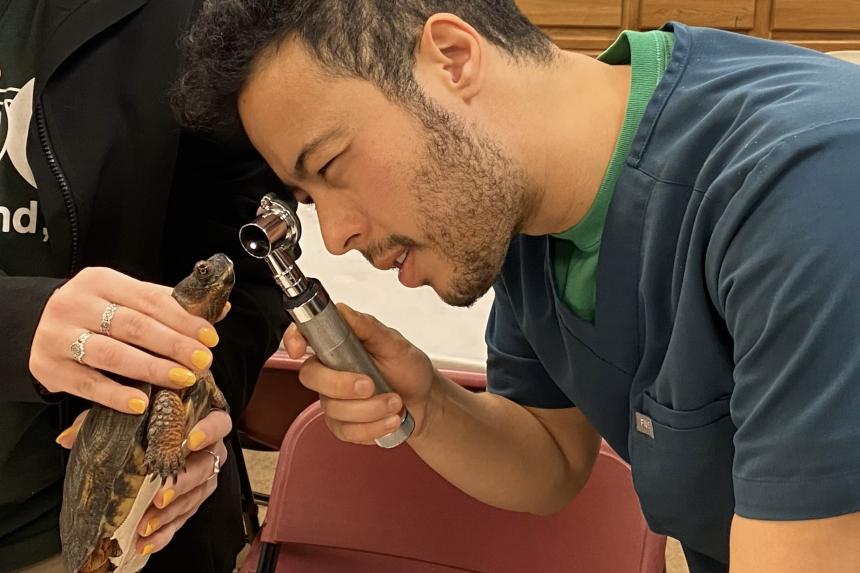
News
January 27, 2025
Cornell alumnus Julian Rivera, DVM ’18, has found his niche as the Clinical Veterinarian at the Staten Island Zoo. His path from veterinary school to zoo medicine illustrates both the opportunities and challenges faced by aspiring wildlife veterinarians.

Blog
January 25, 2025
Dr. Steve Osofsky, director of the Cornell K. Lisa Yang Center for Wildlife Health, reflects on a transformative year, and looks forward to leading the way in shaping how the center can help tilt the scales back toward the type of environmental stewardship we ourselves need to survive as a species.
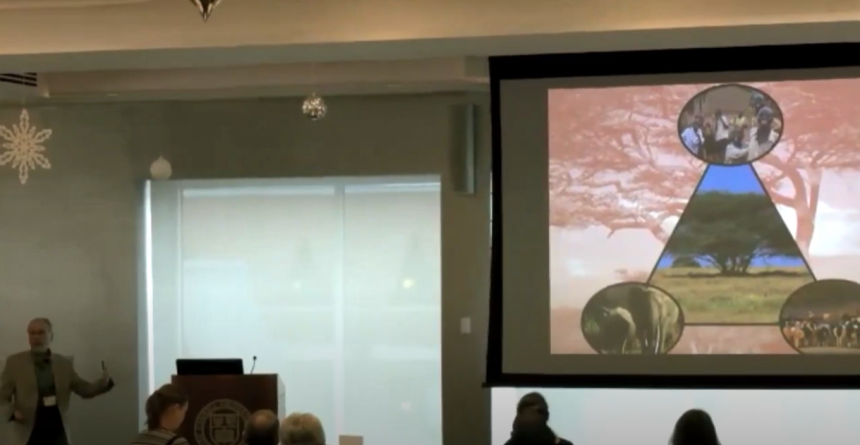
Video
January 24, 2025
Professor Steve Osofsky was invited to give the keynote address, “Birthing Planetary Health: A Midwife’s Tale,” at the Sustainable Cornell Summit 2024.
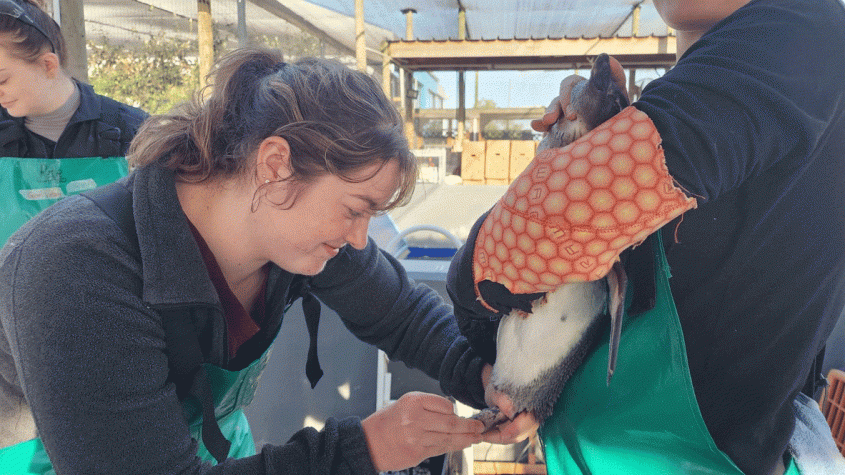
Blog
December 23, 2024
There’s one thing about working in wildlife rehabilitation medicine that you don’t realize until you are actually doing it — you want your patients to hate you.

Blog
December 19, 2024
My role within the Cornell Wildlife Health Lab (CWHL) is a grab bag of all things related to molecular biology - meaning that no two days are ever alike, and I never do all the different parts of my job in a single day....
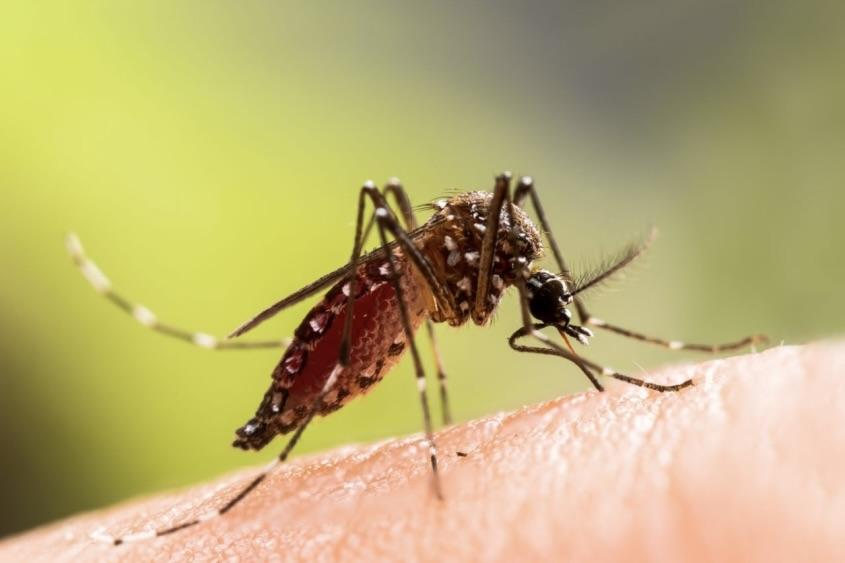
News
December 09, 2024
College of Veterinary Medicine faculty, in partnership with the University of Pretoria in South Africa, have received an NIH P20 grant to establish the Center for Transformative Infectious Disease Research on Climate, Health and Equity in a Changing Environment (C-CHANGE).
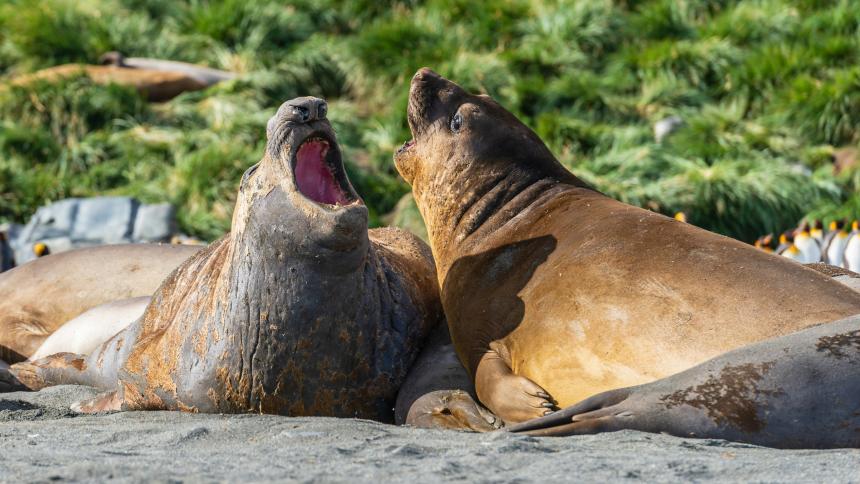
For Your Information
December 02, 2024
Researchers including Cornell's Dr. Martin Gilbert discuss how developing vaccines and vaccination programs for free-living endangered wildlife could help conservation efforts to prevent extinctions from disease threats.
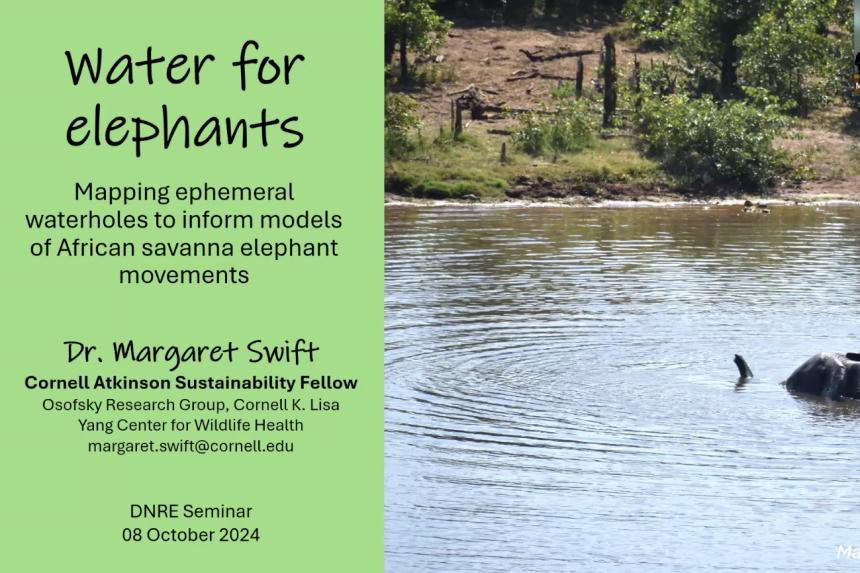
Video
November 25, 2024
Wildlife rely on free movement across heterogeneous landscapes to access resources which facilitate population resilience to disturbance. Cornell's Dr. Maggie Swift talks about her research on African savanna elephant movements in the Kavango Zambezi Transfrontier Conservation Area.

Blog
November 22, 2024
This past spring, I completed a preceptorship at White Oak Conservation in Yulee, Florida with support from the Cornell K. Lisa Yang Center for Wildlife Health’s Student Support Fund....
